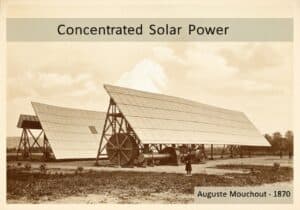The data frame (`data.frame`) is the fundamental data structure in R for storing tabular data. It is a list of vectors of equal length, where each vector represents a column and can be of a different data type (e.g., numeric, character, factor). This structure is ubiquitous in R for statistical modeling and data manipulation, mirroring the rectangular format of datasets.
The R Data Frame
- John Chambers
- Rick Becker
- Allan Wilks
The data frame is arguably the most important data structure in R. It was designed to closely represent the kind of data tables used by statisticians: observations in rows and variables in columns. Technically, a `data.frame` is a list where each element is a vector representing a column. A key constraint is that all these vectors must have the same length, ensuring the rectangular shape of the data. However, unlike a matrix, each column can have a different data type. For instance, one column could contain numeric measurements, another could contain character strings (like names), and a third could contain factors (categorical variables).
This flexibility is crucial for real-world data analysis. Data frames have row and column names, making it easy to subset and reference data in an intuitive way (e.g., `my_data[,”age”]` or `my_data[5,]`). Many of R’s built-in functions, especially for statistics and plotting, are specifically designed to work with data frames as their primary input. The development of more efficient and user-friendly alternatives, like the `tibble` from the Tidyverse or the `data.table`, builds upon the foundational concept of the data frame, highlighting its central role in the R ecosystem.
Taper
Perturbation
Usage
Précurseurs
- The concept of arrays and matrices in programming
- Statistical data tables used in manual analysis
- Data file structures from other statistical packages like SAS and SPSS
- The list data structure in Lisp-like languages
Applications
- storing and manipulating datasets for statistical analysis
- input for modeling functions like lm() for linear regression
- data wrangling and transformation using packages like dplyr
- creating visualizations with ggplot2, which is designed around the data frame concept
Brevets:
Idées d'innovations potentielles
!niveaux !!! Adhésion obligatoire
Vous devez être membre de l'association pour accéder à ce contenu.
DISPONIBLE POUR DE NOUVEAUX DÉFIS
Ingénieur mécanique, chef de projet, ingénierie des procédés ou R&D
Disponible pour un nouveau défi dans un court délai.
Contactez-moi sur LinkedIn
Intégration électronique métal-plastique, Conception à coût réduit, BPF, Ergonomie, Appareils et consommables de volume moyen à élevé, Production allégée, Secteurs réglementés, CE et FDA, CAO, Solidworks, Lean Sigma Black Belt, ISO 13485 médical
Nous recherchons un nouveau sponsor
Votre entreprise ou institution est dans le domaine de la technique, de la science ou de la recherche ?
> envoyez-nous un message <
Recevez tous les nouveaux articles
Gratuit, pas de spam, email non distribué ni revendu
ou vous pouvez obtenir votre adhésion complète - gratuitement - pour accéder à tout le contenu restreint >ici<
Inventions, innovations et principes techniques connexes












